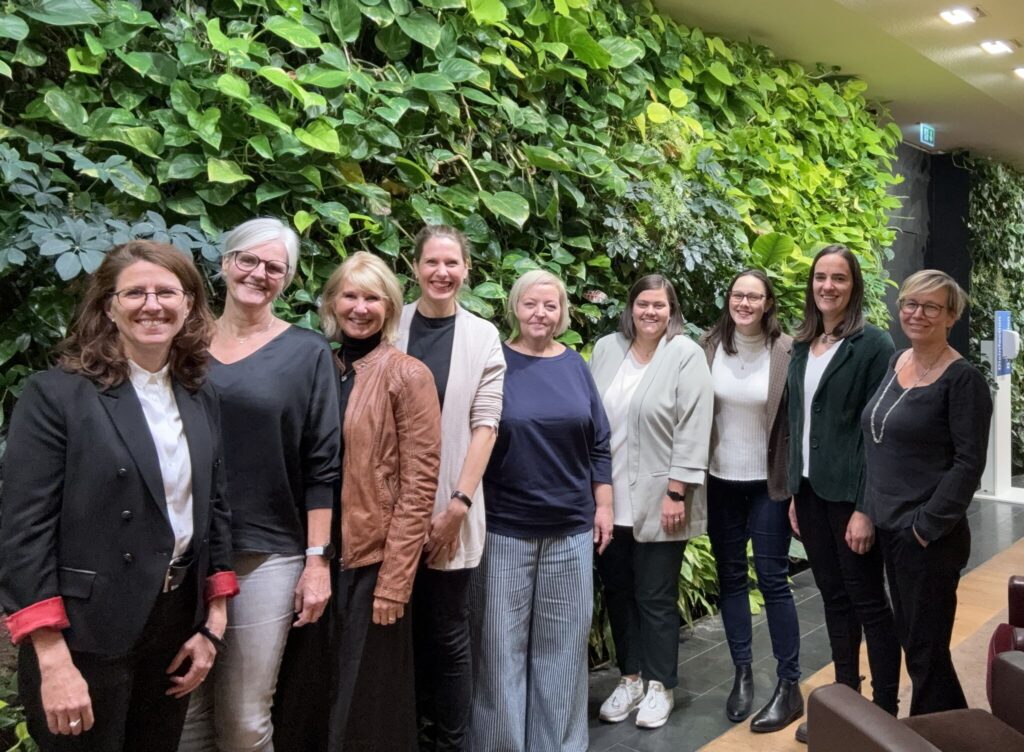How often have you heard colleagues say after a team day: “That was nice — but will it really last?”
It’s a valid question. Traditional team building can feel energising in the moment, yet often the effect fades quickly once everyone is back at their desks. Real transformation requires more than a feel-good day — it needs practice, structure, and follow-up.
That’s where well-designed workshops come in. In our work with managers, HR professionals, leadership groups, and works councils, we design sessions that not only create reflection but also lead to concrete steps, responsibilities, and reviews to make sure change is sustainable.
Here are three real-world examples that show how workshops move beyond “nice to have” into lasting impact.
From Mediation to Full-Team Cohesion
An interpersonal conflict between colleagues had been addressed and resolved through mediation. But like many conflicts, its impact was felt across the entire project team.
To address this ripple effect, we brought the full team together for a full-day workplace workshop. Together, they:
Explored different working styles
Practiced appreciative communication
Reflected on current challenges
Defined shared goals and next steps
The difference was immediate. Some of the newly agreed measures — such as a moderation protocol for weekly meetings — were implemented the very next day. Others, like a “team rescue process” for when collaboration gets stuck, were set up with clear responsibilities and a timeline.
And because real change takes follow-up, we planned review to evaluate progress and adjust.
Radical Listening across Organisations
Another workshop brought together managers from different companies to strengthen their ability to lead difficult conversations.
We didn’t stop at theory. Participants practiced radical listening techniques immediately in small groups, tested real scenarios, and received live feedback. The exchange across organisations was just as valuable: they shared what had worked in their companies, what had failed, and reflected on why.
One participant shared afterwards: “I realised there are very different ways of showing appreciation. During my upcoming annual one-on-ones, I’ll ask each team member directly what matters most to them — instead of assuming.”
It’s often in these moments — when we step out of our day-to-day — that a workshop sparks insights we might otherwise miss.
A Works Council Turning Division into Collaboration
After a tense election, a newly formed works council faced the challenge of leaving divisions behind and starting fresh.
We designed and facilitated a tailored workshop to help them establish constructive collaboration from the start.
Through moderated dialogue and targeted exercises, council members:
Openly addressed tensions from the election process
Defined shared strategies for working together
Assigned responsibilities and agreed on timelines
One participant later reflected: “This workshop allowed us to begin our collaboration on a constructive footing despite a very difficult election process.”
The impact went far beyond the workshop day itself: it created a framework for ongoing cooperation and conflict prevention.
Why These Workshops Work
The common thread across all three examples? Practice, concrete commitments, and structured follow-up.
Talking about collaboration is not enough. Teams and leaders need the space to try new approaches, commit to action, and revisit their progress after a few months.
That’s what transforms dialogue into lasting change.
Workshops as a Management Tool
Whether it’s supporting a team after mediation, allowing managers to test new skills, or helping a newly elected leadership groups overcome divisions, workshops are not just “team building.”
They are strategic tools for strengthening communication, conflict prevention, and collaboration.
If you’re exploring how a tailored workshop could support your teams, let us discuss.

